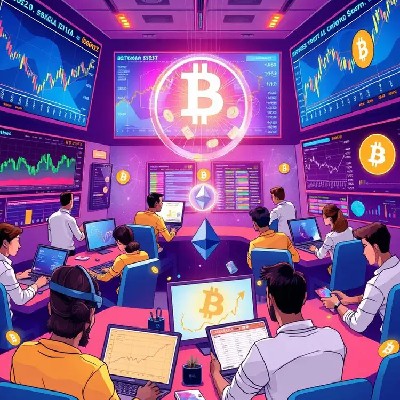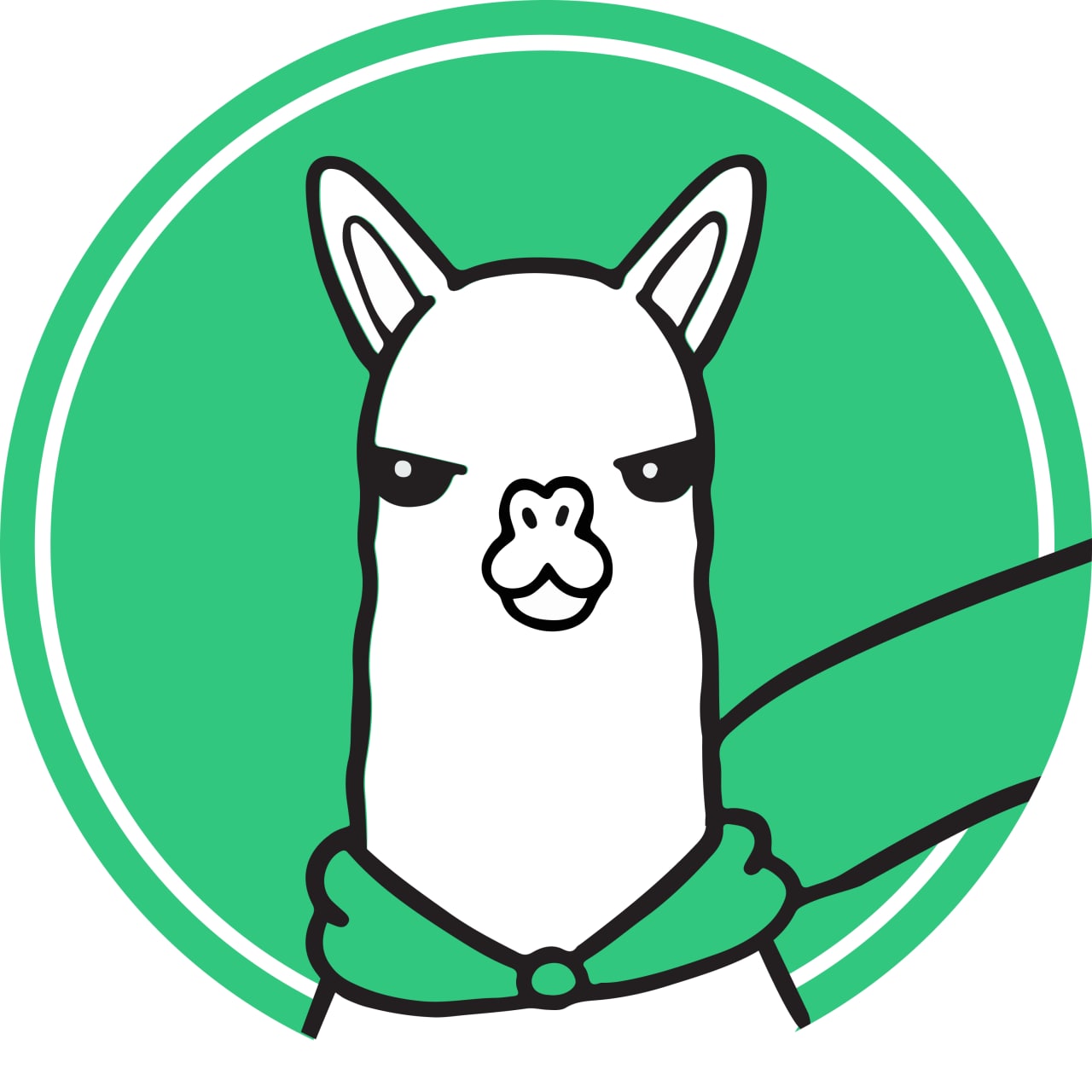
O monecie
Kalkulator ceny
Historia cen
Prognoza ceny
Analiza techniczna
Przewodnik po kupowaniu monet
Kategorie kryptowalut
Kalkulator zysków

Cena Orderly NetworkORDER
Jakie jest Twoje dzisiejsze nastawienie do Orderly Network?
Dzisiejsza cena Orderly Network
Jaka jest najwyższa cena ORDER?
Jaka jest najniższa cena ORDER?
Prognoza ceny Orderly Network
Jaka będzie cena ORDER w 2026?
Jaka będzie cena ORDER w 2031?
Historia cen Orderly Network (PLN)
 Najniższa cena
Najniższa cena Najwyższa cena
Najwyższa cena 
Informacje rynkowe Orderly Network
Historia kapitalizacji rynkowej Orderly Network
Rynek Orderly Network
Posiadane Orderly Network według koncentracji
Adresy Orderly Network według czasu posiadania

Oceny Orderly Network
Informacje o Orderly Network (ORDER)
Czym jest Orderly Network?
Orderly Network to zdecentralizowany protokół księgi zleceń zaprojektowany w celu zapewnienia wysokowydajnej infrastruktury handlowej o niskim opóźnieniu. Integruje on system transakcyjny oparty na księdze zleceń z solidną warstwą płynności, oferując zarówno transakcje spot, jak i bezterminowe kontrakty futures. W przeciwieństwie do tradycyjnych platform handlowych Orderly Network działa w rdzeniu ekosystemu, zapewniając podstawowe usługi bez bezpośredniego interfejsu użytkownika, umożliwiając każdemu tworzenie aplikacji handlowych wykorzystujących jego infrastrukturę.
Platforma ma na celu wypełnienie luki między scentralizowanymi i zdecentralizowanymi giełdami poprzez połączenie najlepszych cech obu światów. Zapewnia wydajność i efektywność scentralizowanych giełd (CEX) z przejrzystością i bezpieczeństwem zdecentralizowanych giełd (DEX). Takie hybrydowe podejście pozwala Orderly Network oferować zaawansowane doświadczenie handlowe, zapewniając jednocześnie pełną kontrolę i przejrzystość on-chain.
Jak działa Orderly Network?
Orderly Network funkcjonuje dzięki modułowej architekturze opartej na protokole NEAR, zaprojektowanej w celu agregacji i uproszczenia płynności w różnych sieciach blockchain. Rdzeniem jest tu Central Limit Order Book (CLOB), który wykorzystuje model hybrydowy, aby zaoferować wydajność scentralizowanych giełd i przejrzystość giełd zdecentralizowanych. CLOB zapewnia, że wszystkie zlecenia są rozliczane i przechowywane w łańcuchu bloków, zwiększając bezpieczeństwo i zapobiegając potencjalnym manipulacjom rynkowym.
Infrastruktura sieci jest podzielona na trzy główne komponenty: warstwę aktywów, warstwę rozliczeniową i warstwę silnika. Warstwa aktywów lub skarbce aktywów znajdują się na każdym obsługiwanym blockchainie i obsługują interakcje użytkowników związane z rejestracją, wpłatami i wypłatami. Tutaj przechowywane są środki użytkowników. Warstwa rozliczeniowa (Orderly L2) działa jako księga transakcji, przechowując dane transakcji i użytkowników bez bezpośredniej interakcji z użytkownikami. Warstwa silnika zarządza zleceniami i realizacją transakcji, w tym mechanizmem dopasowywania oraz usługami zarządzania ryzykiem. Zlecenia z różnych łańcuchów zbiegają się tutaj, ujednolicając płynność i czyniąc system niezależnym od łańcucha.
Podejście omnichain Orderly Network pozwala na płynny handel cross-chainowy. Ułatwia to LayerZero, które zapewnia płynne i wydajne transakcje między różnymi warstwami. Eliminując potrzebę złożonych procesów pomostowych, Orderly Network upraszcza transakcje międzyłańcuchowe, zapewniając użytkownikom wydajne i zintegrowane doświadczenie DeFi.
Co więcej, Orderly Network obejmuje kilka funkcji chroniących użytkowników przed Maximal Extractable Value (MEV), rodzajem arbitrażu, który może wykorzystywać opóźnienia w transakcjach. Funkcje te obejmują szybkie dopasowywanie, grupowanie transakcji i rozliczanie on-chain, z których wszystkie pomagają zminimalizować ryzyko ataków MEV.
Kto założył Orderly Network?
Założycielami Orderly Network są Ran Yi i Terence Ng, charakteryzujący się dużym doświadczeniem w branży blockchain. Projekt jest wspierany przez zespół zajmujący się łączeniem najlepszych aspektów scentralizowanych i zdecentralizowanych finansów. Kluczowi inwestorzy wspierający Orderly Network to znani gracze, tacy jak Pantera, GSR, Dragonfly Capital, Jump Crypto i Sequoia Capital China.
Podsumowując, Orderly Network ma na celu zrewolucjonizowanie zdecentralizowanego handlu poprzez połączenie mocnych stron CEX i DEX, uproszczenie transakcji międzyłańcuchowych i wspieranie bardziej zintegrowanego ekosystemu DeFi. Jego innowacyjna infrastruktura i oddany zespół pozycjonują projekt jako znaczącego gracza w ewoluującym krajobrazie zdecentralizowanych finansów.
Powiązane artykuły na temat Orderly Network:
Orderly Network (ORDER): Nowa granica w zdecentralizowanym handlu
ORDER do lokalnej waluty
- 1
- 2
- 3
- 4
- 5
Jak kupić Orderly Network(ORDER)

Utwórz darmowe konto Bitget

Zweryfikuj swoje konto

Konwertuj Orderly Network na ORDER
Handluj bezterminowymi kontraktami futures zabezpieczonymi ORDER
Po pomyślnym zarejestrowaniu się na Bitget i zakupie tokenów USDT lub ORDER, aby zwiększyć swoje dochody, możesz rozpocząć handel derywatami, w tym kontraktami futures ORDER i handel z dźwignią.
Bieżąca cena ORDER wynosi zł0.3444, a 24-godzinna zmiana ceny wynosi -9.54%. Traderzy mogą czerpać zyski z długich lub krótkich pozycji na kontraktach futures ORDER.
Dołącz do copy tradingu ORDER, obserwując wybitnych traderów.
Wiadomości dot. Orderly Network


Nowe notowania na Bitget
Kup więcej
Często zadawane pytania
Jaka jest obecna cena Orderly Network?
Czym jest 24-godzinny wolumen obrotu Orderly Network?
Jaka jest najwyższa dotychczasowa wartość Orderly Network?
Czy mogę kupić Orderly Network na Bitget?
Czy mogę uzyskać stały dochód z inwestycji w Orderly Network?
Gdzie mogę kupić Orderly Network z najniższą opłatą?
Gdzie mogę kupić Orderly Network (ORDER)?
Sekcja wideo — szybka weryfikacja, szybki handel

ORDER – źródła
Bitget Insights




Powiązane aktywa


































